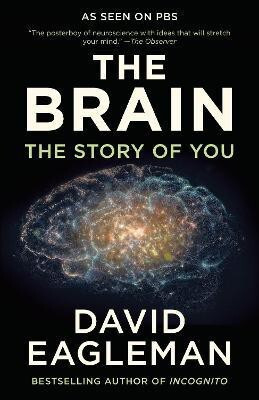
Evolutionary Algorithms (English, Paperback, Source Wikipedia)
Price: Not Available
Currently Unavailable
Highlights
- Language: English
- Binding: Paperback
- Publisher: Books LLC, Wiki Series
- ISBN: 9781156464113, 1156464110
- Edition: 2011
- Pages: 142
Description
Please note that the content of this book primarily consists of articles available from Wikipedia or other free sources online. Pages: 43. Chapters: Genetic programming, CMA-ES, Memetic algorithm, Particle swarm optimization, Gaussian adaptation, Harmony search, Artificial immune system, Differential evolution, Evolutionary algorithm, Learning classifier system, Neuroevolution, Evolution strategy, Neuroevolution of augmenting topologies, Evolutionary multi-modal optimization, Computer-automated design, Meta-optimization, Evolutionary music, Artificial Bee Colony Algorithm, Grammatical evolution, Interactive evolutionary computation, Evolutionary Acquisition of Neural Topologies, Fitness approximation, Cultural algorithm, Evolutionary art, Artificial development, HyperNEAT, Promoter based genetic algorithm, Fitness function, Gene expression programming, Evolutionary Algorithm for Landmark Detection, Genetic representation, Evolutionary programming, Speciation, Evolution window, Effective fitness. Excerpt: In artificial intelligence, genetic programming (GP) is an evolutionary algorithm-based methodology inspired by biological evolution to find computer programs that perform a user-defined task. It is a specialization of genetic algorithms (GA) where each individual is a computer program. It is a machine learning technique used to optimize a population of computer programs according to a fitness landscape determined by a program's ability to perform a given computational task. The goal of having computers automatically solve problems is central to artificial intelligence (AI) machine learning (ML), and the broad area encompassed by what Turing called machine intelligence (Turing, 1948). Machine learning pioneer Arthur Samuel, in his 1983 talk entitled AI: Where It Has Been and Where It Is Going (Samuel, 1983), stated that the main goal of the fields of machine learning and artificial intelligence is: to get machines to exhibit behaviour, which if done by human...
Read More
Specifications
Book Details
| Imprint |
|
| Publication Year |
|
| Table of Contents |
|
Dimensions
| Width |
|
| Height |
|
| Length |
|
| Weight |
|
Be the first to ask about this product
Safe and Secure Payments.Easy returns.100% Authentic products.
Back to top






